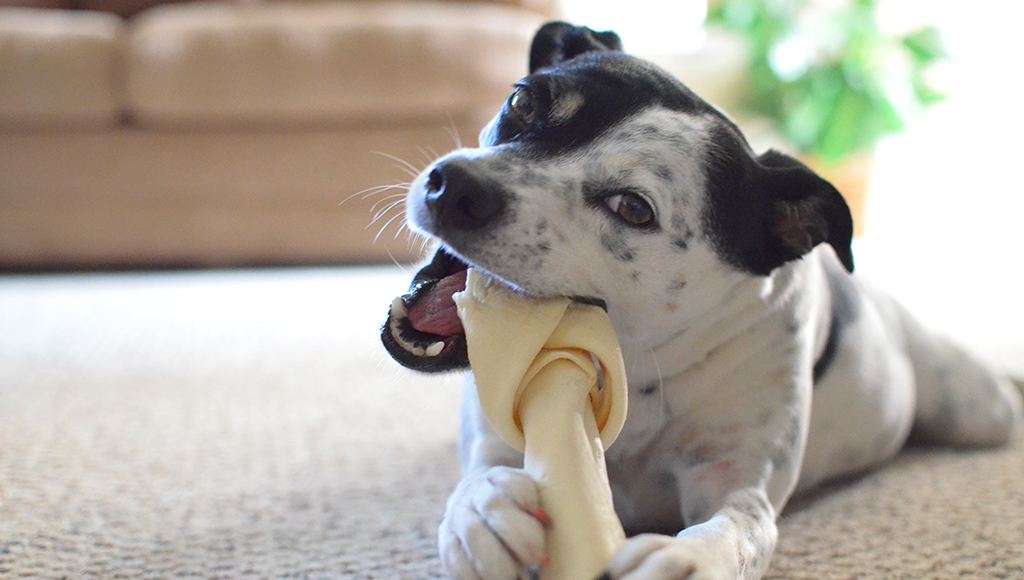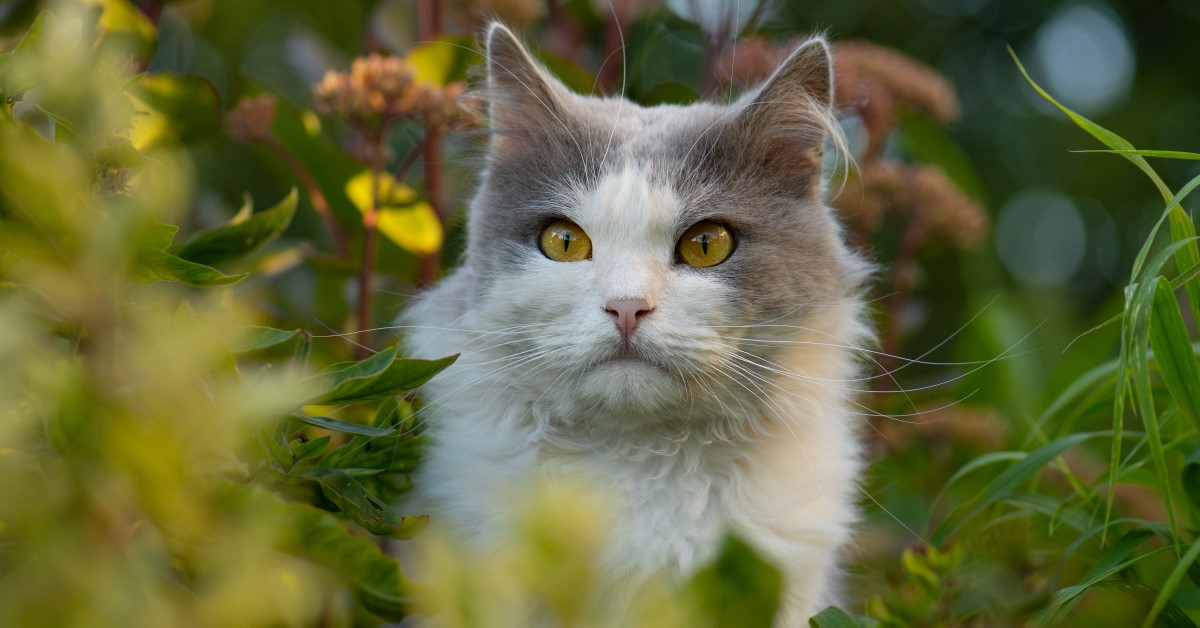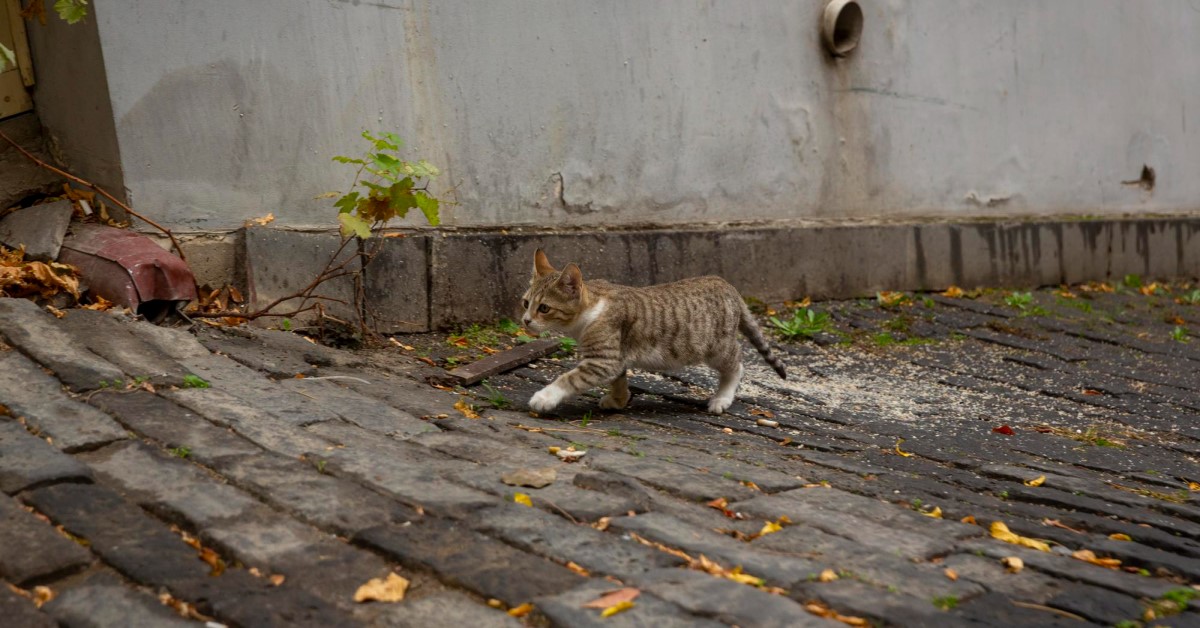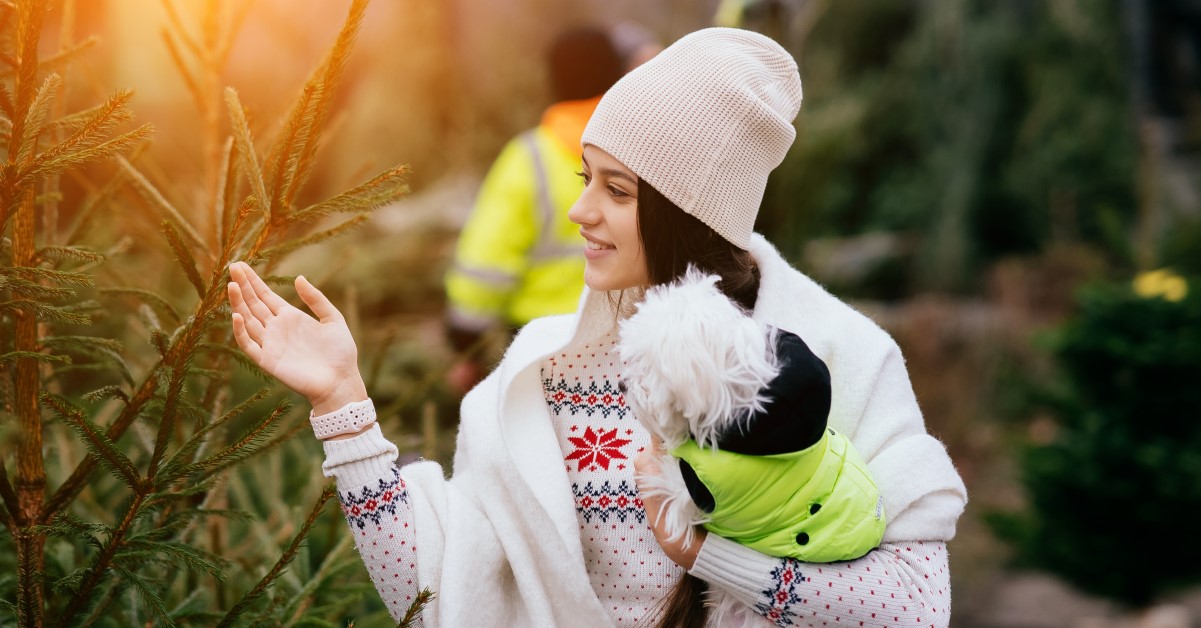Pet Safety: Treats, Toys and Around the Home
Some things to check to help make sure your pets are safe

Just as you would make sure your home was safe for a toddler or young child; you should make sure it is safe for your pets too. Sometimes pet safety can be missed simply because it’s not always obvious where the dangers are. We’ll point out some things to check around your home to help make sure your pets are safe.
Attics, Vents and Cabinets
Cats, being naturally curious creatures, will crawl into spaces that you may think are impossible to get into. It’s a good idea to make sure all attic outlets and storage doors are securely closed and fastened. Attics can become dangerously hot in the summer or bitterly cold in the winter. A trapped cat or other pet could die if not discovered for lengthy periods of time. Depending upon the age of your home, there may also be wall vents or grates that are loose or do not fit as tightly as they originally did. Cats, ferrets and small pets like rats, mice and gerbils can easily find their way into ductwork too.
Cleaning supplies and toxic liquids can be tempting for cats, simply because they tend to lick things. Make sure your under sink cabinet doors close completely and the latches fit tightly. Cats have amazing dexterity and strength in their front paws, not to mention a good deal of tenacity to go along with their determined curiosity. It’s easier than you think for them to get into these spaces.
Chew Toys and Treats
Dogs and domesticated rodents are determined nibblers and will chew on just about anything. It’s a good idea to keep items out of reach that shred too easily and can get caught in their throats, as well as items that if chewed, may cut their mouths.
Rawhide chewing toys are a popular choice for dogs, but they can be dangerous. Old rawhide chews tend to get rotten and smell bad; they may also cause diarrhea. If you decide to use hooves, pig's ears, and other non- or semi-digestible treats, be sure that they are too large to be swallowed whole, or small enough to pass all the way through your dog's system. The right chew toys can be great for puppies, letting them sink their teeth into something other than shoes or furniture, while helping to keep their teeth clean at the same time. Check with your vet before giving your dog rawhide "chewies". Your vet may recommend that you supervise your dog with these treats.
Soft stuffed toys are good for several purposes, but aren't necessarily appropriate for all dogs. For some dogs, the stuffed toy should be small enough to carry around. For dogs that want to shake or "kill" the toy, the toy should be the size that "prey" would naturally be for that size dog (mouse-sized, rabbit-sized, or duck-sized).
Dirty laundry, such as an old t-shirt, pillowcase, towel, or blanket, can be very comforting to a dog, especially if the item smells like you. Be forewarned that the item could likely be destroyed. Also, never allow your puppy to chew on old shoes or clothing, as he may not be able to tell the difference between old clothing and new clothing, thus he’ll chew on everything. This could prove to be a costly mistake.
Providing your puppy with his own toys will keep him away from your slippers, shoes, and other items that you wouldn't want your puppy to play with. Bear in mind that when providing a toy that was not made specifically for a dog but for a child, it’s a good idea to check the label and make sure it doesn't say not for children under age 3. This is usually a warning that the stuffing or insides of the toy cannot be digested and may contain harmful substances.
Pet Kennels and Access Doors
We sometimes keep our pets in special cages or kennels during the overnight hours, both for their safety and for our own peace of mind. If using a pet kennel for your dog or cat, ensure it is in good shape by checking it regularly for cracks, broken hinges or broken wires (if it is a cage style kennel, rather than a plastic one). Make sure the flooring is smooth and has no splits or cracks. A pet could easily pinch the pads of its paws or cut them if any of the interior surfaces are coarse or damaged. It’s common practice to put your pet’s favorite toy in the kennel to help comfort him. Be sure the toy you select does not have long cords or attachments that could become wrapped around your pet’s neck or limbs. If you are going to put a blanket or towel in the cage, make sure there is plenty of room so your pet does not become tangled in the blanket and strangle or suffocate.
Pet doors; miniature swinging doors installed at the base of an existing door allowing your dog or cat easy access to the outdoors, may be convenient for you, but may pose a real danger to your beloved pet. Check the pet access door regularly to make sure it swings easily on its hinges in both directions so that your pet does not get stuck, which could cause serious injuries. If the swinging door has become worn, replace it if necessary. Watch your pet when it uses the door. Make sure the entry is the proper size. Your pet should be able to move easily through the pet door opening with no difficulty. If he looks as though he is forcing himself through the space, you may need a larger pet door.
We love to give our pets toys; however, not all toys are appropriate for all children, and the same is true for your pets too!
Ready to start saving money on pet wellness care?
Then take a look at Mint Wellness, the pet wellness plan that provides fast reimbursement on routine pet care. Save on vaccinations, wellness exams, preventatives, dental, and more!
Learn More


